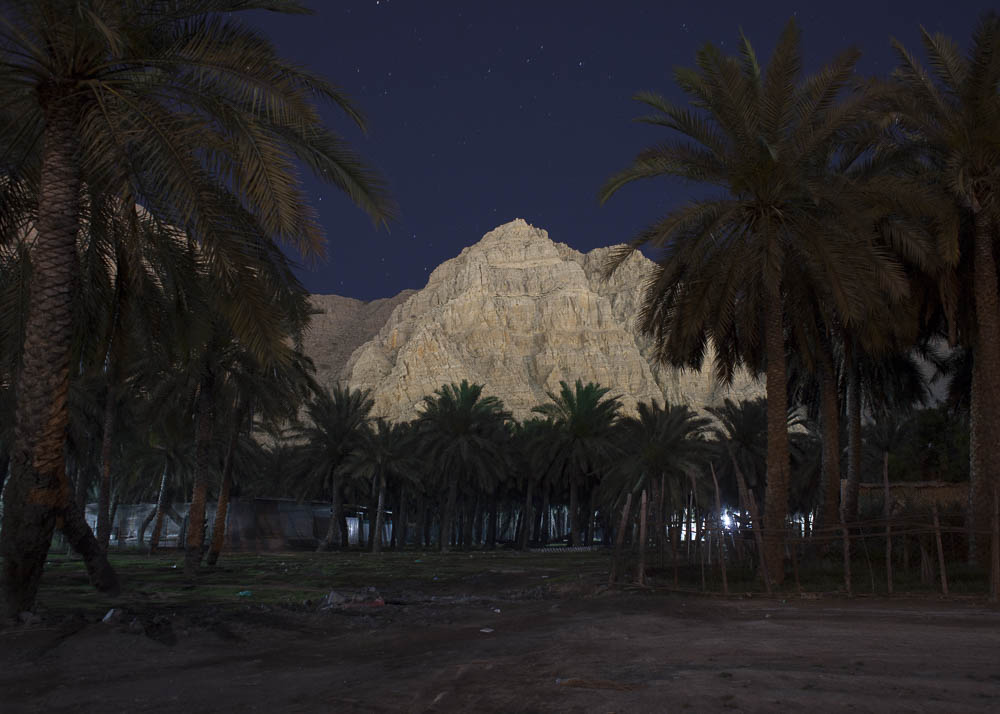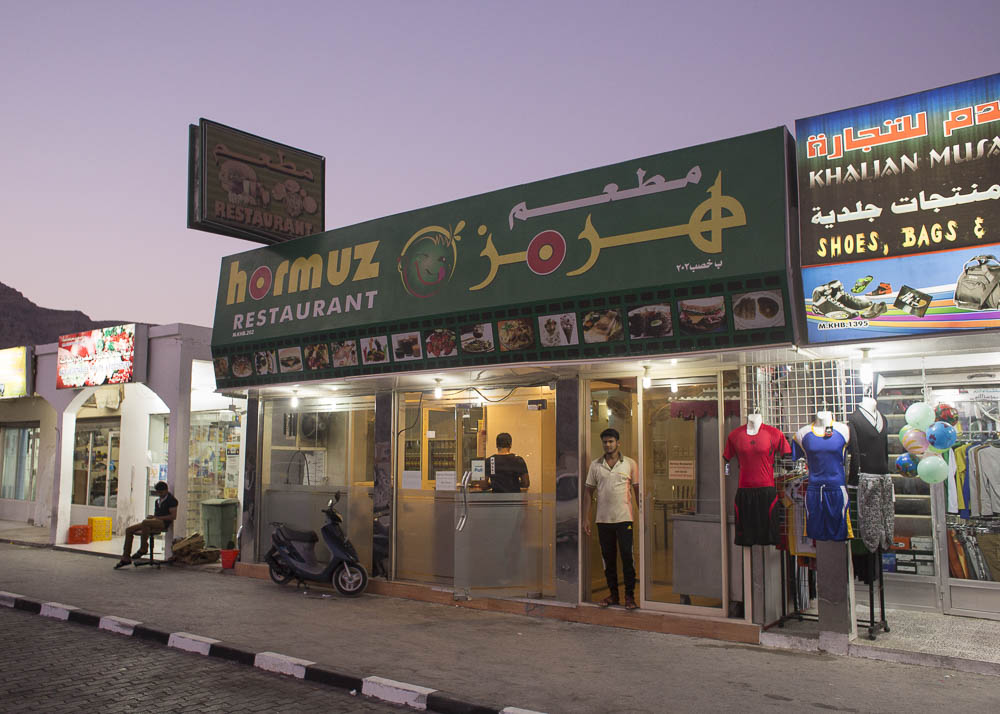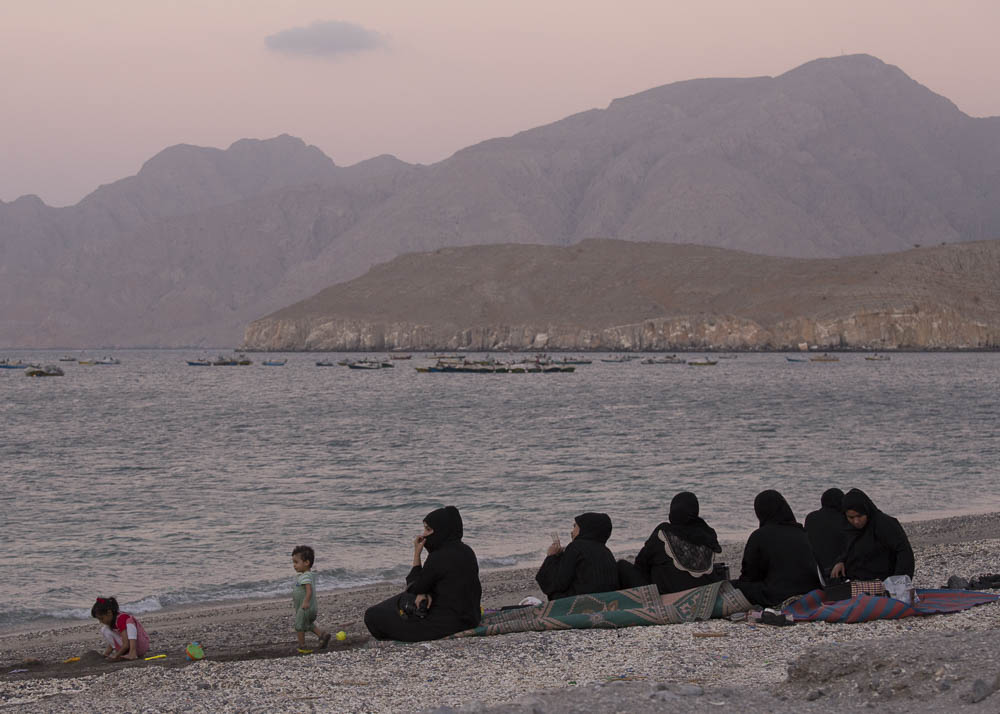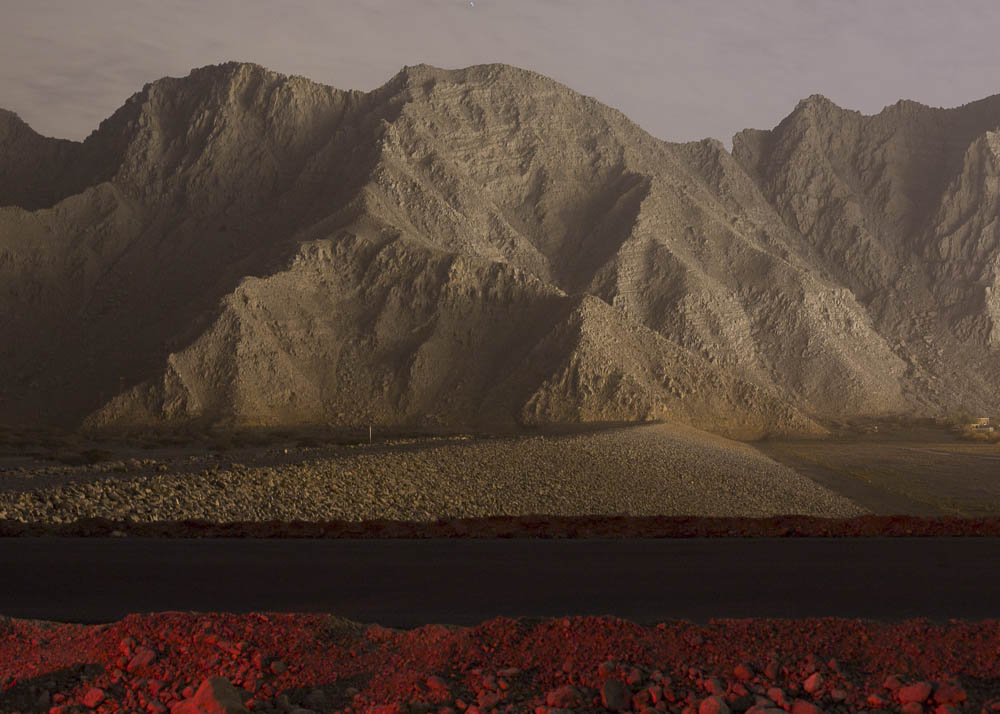PHOTOGRAPHER SPOTLIGHT
Water is by far the most important substance on Earth. Covering 71% of Earth's surface, it's vital for all known forms of life. When Switzerland-based photographer David Carlier travels through the Alps, he often thinks of this natural element and about what we, as global citizens, are doing to both protect and neglect it.
Where I live, in Switzerland, we have an unlimited access to water. We don’t think about it, like most people in our so-called western world. But for the future generations, access to water could very well be one of the main issues.
David has always wanted to shoot a story related to water, so what better place to do so then in the Alps. For the project, he wanted to show the origins of water in this particular region as it travels from the highest glaciers down to the valleys, dams, streams and lakes and how it's present at every stage in the Alps. From the snow capped peaks to the lakes, water plays a very central role economically, socially, and geologically in the region.
The goal here was to try to make people think about it… realize how easy it is to open the tap and drink. And think about how it is in other places where this does not happen...
As is often the case with outdoor projects in remote areas, the main challenge for David was planning everything and having to deal with weather conditions in the mountains. David, who was shooting alone most of the time, didn't want to shoot the classic landscape images so he chose to shoot on days when weather was not optimal making it even more difficult to access locations.
Images from this expansive series were chosen to be displayed at the World Exposition in Milan, Italy. David also hopes to continue the adventure by creating a book.
To see more of David's work visit davidcarlierphotography.com
This article was originally published Dec 17, 2015 on the Wonderful Machine Blog
















